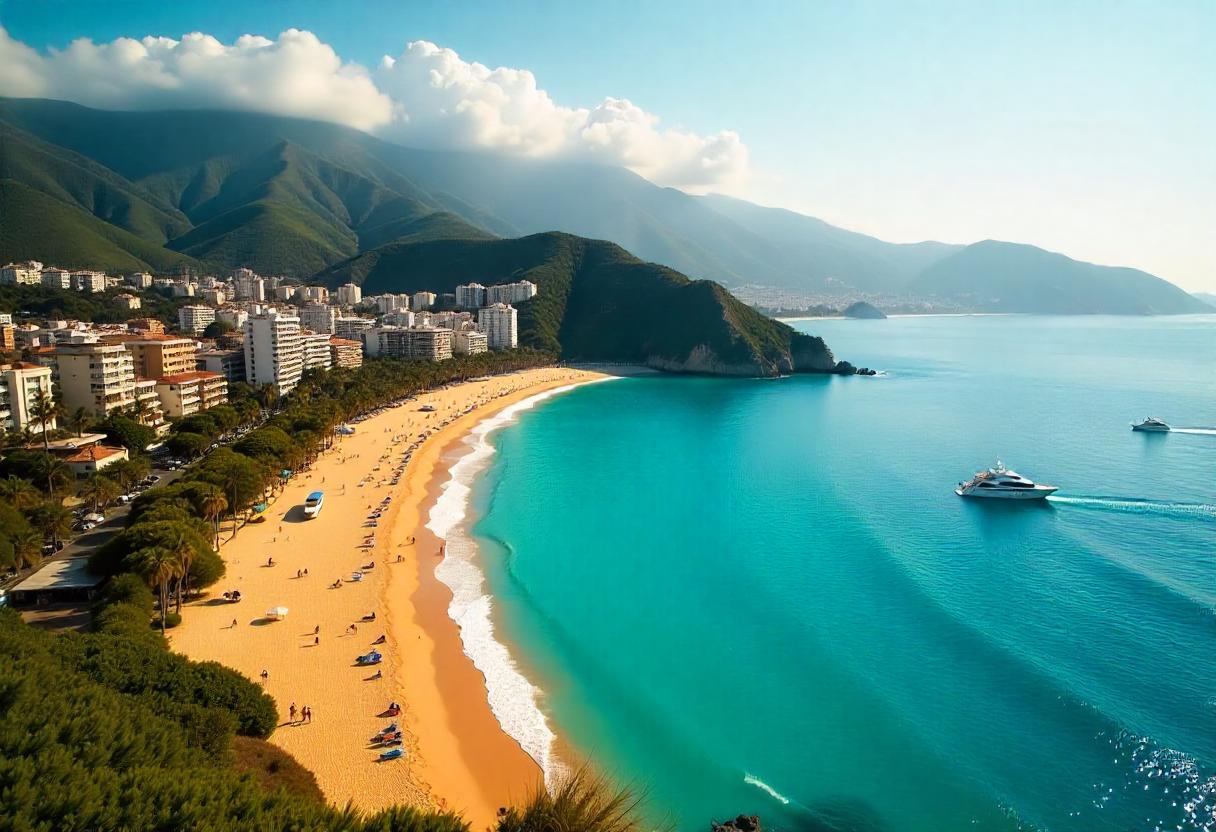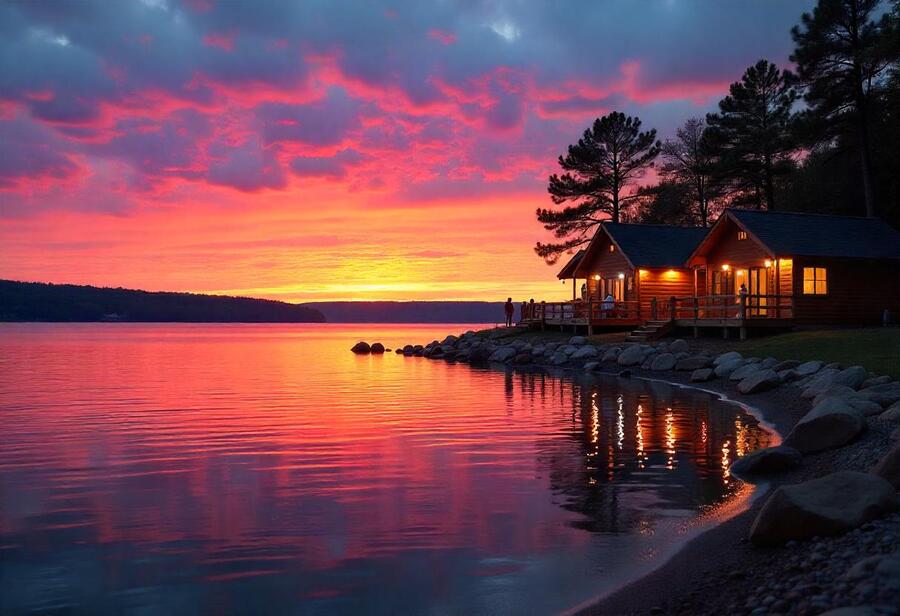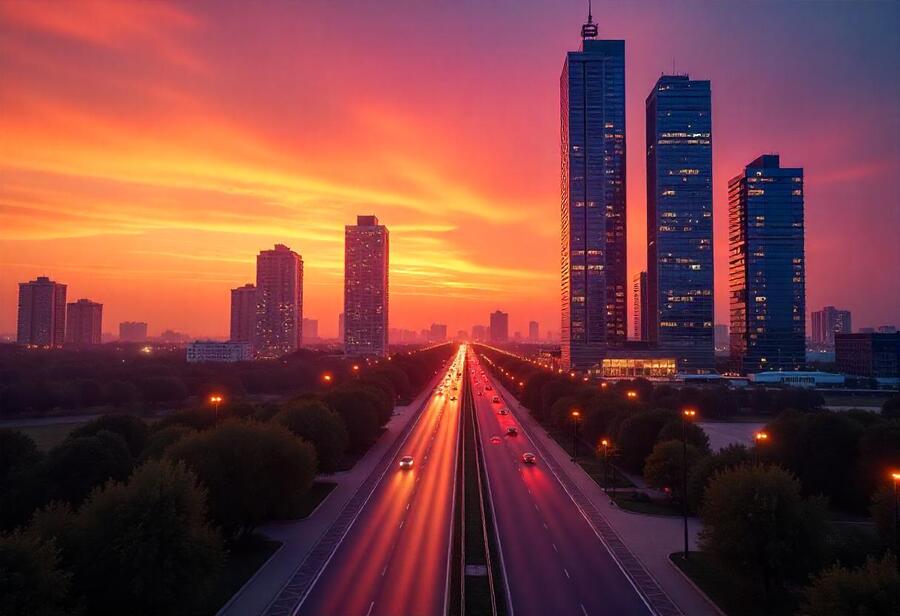≡-What Impact Will Greece’s New Cruise Tax Have on Your Summer Plans—Can You Still Enjoy Mykonos and Santorini Amidst the Overtourism Crisis? – Viral of Today
<> Viral of Today <>
Home » Greece » Greece Travel News » What Impact Will Greece’s New Cruise Tax Have on Your Summer Plans—Can You Still Enjoy Mykonos and Santorini Amidst the Overtourism Crisis? Monday, June 23, 2025The familiar sound of suitcases rattling against cobblestones has become increasingly common in Europe’s historic cities, as tourists flock to its cultural landmarks. From selfie-snappers jostling for that perfect shot in front of landmarks like the Eiffel Tower in Paris to the ever-present ice cream shops lining the streets, Europe has long been celebrated as the world’s museum. Yet, as visitor numbers soar, the continent is also grappling with the challenges of overtourism.In 2024, Europe welcomed a staggering 747 million international visitors, a record number that surpassed any other region globally, according to the U.N.’s World Tourism Barometer. Southern and Western Europe alone received over 70% of these visitors. While tourism has long been a cornerstone of the region’s economy, the increasing strain on housing, water resources, and popular hotspots has sparked concerns. As protests and measures aimed at mitigating the negative effects of overtourism increase, it’s clear that the region’s tourism infrastructure is at a crossroads.What’s Causing Overtourism?A combination of cheap flights, the power of social media, and AI-driven travel planning is propelling millions of travelers to Europe’s most iconic locations. Many tourists come from wealthy countries such as the U.S., Japan, China, and the U.K., creating an overwhelming seasonal influx in popular cities like Barcelona and Venice. This concentrated demand causes housing shortages, strains public services, and places a significant burden on infrastructure during peak seasons.Despite the challenges, some tourism officials believe that with the right management, these issues can be addressed. Italy’s Tourism Minister, Daniela Santanchè, has suggested that AI could play a pivotal role in better managing the flow of visitors to crowded destinations like Florence’s Uffizi Galleries, which house some of the world’s most famous artworks. By implementing measures like advanced ticket booking for tourists, Italy hopes to ease the surge of visitors at popular sites.Where Is Overtourism Most Intense?While overtourism affects many parts of Europe, Mediterranean countries like France, Spain, Italy, and Greece are at the forefront of the crisis.France — the world’s most-visited country — received 100 million international visitors last year.Spain saw nearly 94 million visitors, almost double its own population. This influx of travelers has caused protests, particularly in Barcelona, where the water gun has become a symbol of the city’s anti-tourism movement. Protesters have marched through the streets spritzing tourists while holding signs that read: “One more tourist, one less resident!”The pressures of overtourism have been felt especially on Spain’s Canary Islands and Balearic Islands, where the combined population is under 5 million, yet each archipelago received over 15 million visitors last year. The overwhelming presence of tourists in these regions strains everything from housing to public services.In Italy, destinations like Venice, Rome, Capri, and Verona have become magnets for tourists, further exacerbating the situation. On the famous Amalfi Coast, some visitors have resorted to private helicopter and boat rides via Uber to escape the crowds during the summer season.In Greece, islands like Santorini and Mykonos have struggled to cope with the seasonal onslaught of tourists, resulting in shortages of water, housing, and energy. The impact of this surge is particularly evident during the summer months when the country’s resources are stretched thin.The Impact of OvertourismThe effects of overtourism are far-reaching and have transformed the character of many once-pristine neighborhoods. In Barcelona, activists argue that the increasing presence of tourists has driven up housing prices and led to a surge in short-term rentals, pushing locals out of city centers. The proliferation of these rentals has contributed to the displacement of residents and the transformation of vibrant neighborhoods into tourist traps dominated by souvenir shops, international chains, and tourist-oriented eateries.In some of Greece’s most visited islands, the overreliance on tourism has compounded water scarcity issues. As drought conditions affect the Mediterranean region, areas like Santorini face challenges in meeting the growing demand for basic resources.In France, even the Louvre, the world’s most-visited museum, has been affected by overtourism. The museum recently closed due to a staff strike protesting the building’s deteriorating infrastructure under the weight of overwhelming visitor numbers. This left thousands of ticket-holders stranded under the scorching sun.What Authorities Are Doing to Cope?To combat these issues, many European governments have implemented or are planning new measures to manage tourism and protect both residents and the environment.In Spain, the government is targeting the housing crisis by cracking down on short-term rentals. Airbnb was recently forced to remove almost 66,000 properties from its platform for violating local regulations. Additionally, Barcelona has announced a plan to phase out 10,000 short-term rental apartments by 2028 in an effort to safeguard the city’s housing stock for full-time residents.Other countries are taking a more proactive approach in regulating tourist flows. In Greece, a cruise tax will be levied on visitors to popular islands starting July 1, 2025. Tourists will be required to pay 20 euros ($23) for popular destinations like Mykonos and 5 euros ($5.70) for lesser-known islands such as Samos. Authorities are also encouraging visitors to explore quieter, less-visited destinations to help alleviate the strain on overburdened hotspots.To address water scarcity, desalination technology has been implemented on some Greek islands to convert seawater into potable water. Water tankers have also been deployed to provide much-needed relief to parched communities.In Venice, an entry fee has been reintroduced for day-trippers during the peak season, ranging from 5 to 10 euros ($6-$12). This measure aims to reduce the number of visitors and encourage a more sustainable approach to tourism.The Future of Tourism in EuropeAs tourism continues to grow in Europe, balancing the benefits of travel with the need to protect local communities and their infrastructure is increasingly important. While some tourism officials are optimistic that the right measures can mitigate the negative effects of overtourism, the pressure on Europe’s most beloved destinations shows no signs of slowing down.For now, overtourism remains a complex issue with no easy solutions. Yet, with careful planning, innovative technologies, and a focus on sustainable tourism practices, Europe can work towards a future where both locals and visitors can enjoy the continent’s many treasures without compromising its future.
This information will surprise you!
See also
- Read until the end to discover everything.
- Important information you need to know.
- Interesting facts and helpful tips.
Conclusion
Did you enjoy the news? Keep following us daily!













